Keep Routt Wild is a science-based organization with a mission to protect wildlife and wild places in Routt County. As such, we base our analyses on the best available science and research. There is a deep litany of scientific research on the impacts of recreation on wildlife, and how to minimize those impacts. We list some of those studies below.
Elk are particularly prone to being disturbed by human recreation.
radiocollared elk study shows Elk avoid Feet, Bikes, and Motors
A study by the US Forest Service and the State of Oregon outfitted elk with GPS collars and measured the distance that they will flee from trail-based recreation. The study showed wide disturbance zones dependent on the type of recreation.
Read the study here.
Read the follow-on study (Wisdom et al 2018) showing long term avoidance here.
Read the lay summary published in Science Findings here.
Read “Predicting Where Elk Will Thrive: New Models Point the Way” here.
View the presentation “Modeling Elk Habitat Use in the Blue Mountains of Oregon and Washington” here.
RECREATIONAL DISTURBANCE OF HABITAT IN MEDICINE BOW-ROUTT NATIONAL FORESTS
Keep Routt Wild and Rocky Mountain Wild performed a joint analysis of recreational impacts to elk habitat in a 124,000 acre region of Routt National Forest. The image above is one image from the study, showing significant habitat loss, compression, and fragmentation in the area. The study can be read here.
Elk Calf Survival Rates are Severely Impacted by Human Disturbance During Calving Season
ELK Calving Areas & Human Disturbance
Human disturbance in elk calving areas has been shown to have a severe impact on elk calf survival rates. A CSU study performed in the Vail area observed that elk calf/cow ratio plummeted by nearly 40% as a result of simulated recreation use in elk calving areas. Reproduction levels during the treatment period were determined insufficient to maintain a stable elk population. The second half of the study involved removing the human disturbance component. With the human disturbance removed the calf/cow ratios rebounded to their pre-treatment levels. With just over 8 disturbances per cow elk resulting in nearly 40% fewer surviving calves, each disturbance averaged nearly 5% probability of the death of a calf.
What is important to note is that the Oregon recreational disturbance study (further above) complements the elk calving research. The two together show the deadly consequences of trail-based recreation in elk calving areas. The Oregon study shows the disturbance width from a specific form of recreation, while the Vail calving study shows the cost of each disturbance in mortality rates of calves, approximately 5% per disturbance.
Read the CSU study that showed the declining elk calf survival rates here.
Read the second half of the study where the calf/cow ratios rebounded here.
Read this Keep Routt Wild Analysis on elk calving area closures, and the sensitivity to annual opening dates here.
Together, the studies indicate the necessity of avoiding building trails in elk calving areas. A less preferable alternative is seasonal closures. However, even closures through June 30 will still allow ~19% of the elk calves to be impacted.
GENERAL WILDLIFE & RecreaTION STUDIES
2018 Proceedings and Presentations from 2018 Oregon workshop “Integrated Planning for and Management of Recreation and Wildlife Resources” here.
Dr. Michael Wisdom’s presentation to Routt Recreational Roundtable April 8, 2021 “Recreation and Wildlife:Integrated Approaches for Monitoring and Management” here.
“Sustaining wildlife with recreation on public lands: a synthesis of research findings, management practices, and research needs” Link here. Viewable and downloadable link (28.8MB) here.
Wildlife disturbance near highways and recreational paths
Many Mad Rabbit trail proponents say putting trails in the vicinity of US40 will not have a deleterious effect on wildlife, since US40 is a disturbance already.
This is a common error of anthropomorphizing wildlife, that is, projecting how humans perceive disturbances onto animals. Since we see the tranquility of a bike path as less disturbance than a US highway, we believe wildlife will too.
The science says otherwise.
Here’s an interesting case study. The town of Vail constructed a bike and foot path alongside I-70 in the late 1990s. All of a sudden, mule deer migration through the Mud Springs Gulch wildlife underpass tunnel decreased. In a joint study between the Town of Vail and the Colorado Dept. of Wildlife, it was discovered that the deer were reluctant to use the underpass for their Spring migration if they spotted cyclists on the bike path on the other side of I-70. That’s right, a bike path on the other side of a four-lane interstate highway was disturbing wildlife, and deterring them from entering the tunnel. Their solution? Put a visual barrier to shield the image of cyclists from the mule deer about to use the underpass. This is shown in the image above.
From the study: ”Sixty-five percent more deer crossed through the underpass when the visual barrier was in place than when it was not. Fewer deer appeared disturbed by cyclists when the curtain was in place (16% of 136 deer) than when it was removed (30% of 125 deer).”
40 years of wildlife studies show that the human form, scent, and behavior can be more disturbing to wildlife than the steady flow of vehicular traffic on paved roads. When we discuss trails near US40, we need to let the wildlife science guide us, and not project our own human opinions of what we perceive as disturbances.
Read our full analysis of three studies here.





